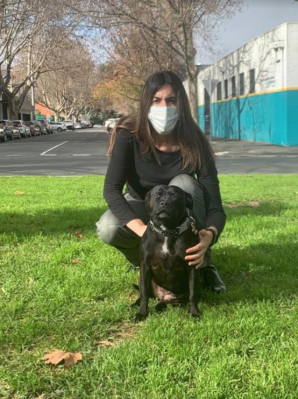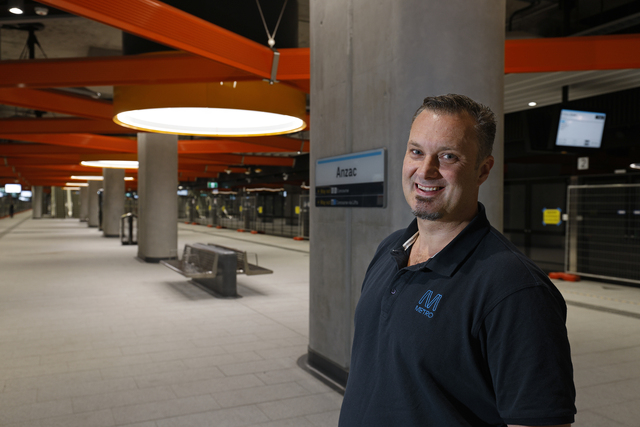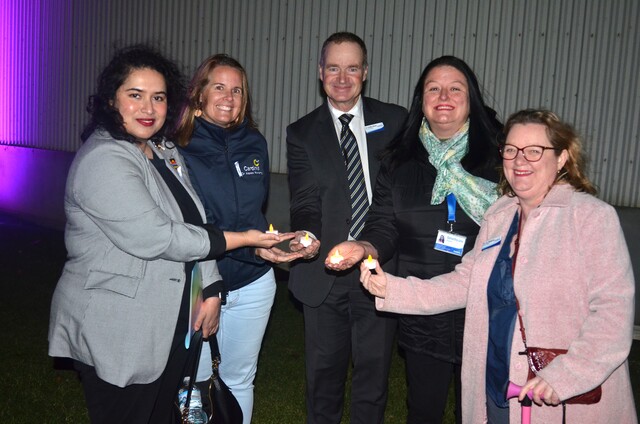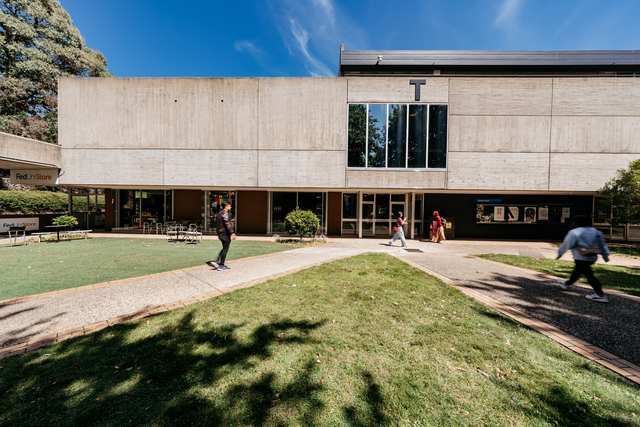As the mandatory wearing of face masks becomes the new normal it appears pooches are having a ‘ruff’ time adjusting.
It comes as the Lost Dogs Home reported numerous enquiries from members of the public concerned their dog was not showing their happy go lucky personality when going for a walk and displaying fearful behaviours.
Nikki Johnson, a behaviourist from RSPCA Victoria said it would not be surprising if pets reacted differently to their owners when wearing a mask as they communicate by facial expressions.
“Masks remove much of this form of communication so it wouldn’t be unusual for them to feel uneasy with this new change,” she said.
“Pets thrive off feeling safe and are quick to assess whether a new object is a potential danger or threat.
“When introducing your mask to them, it’s important to pair the experience with something desirable – such as a treat, fun game, praise or affection. This will help them associate the mask with something positive.”
If pets showed fear, Ms Johnson said recommended owners removing or lowering their mask to normalise the situation and help them read facial expressions.
“Pets usually respond better to change when it is slow or gradual. It’s important to give them time to investigate the mask and feel comfortable interacting with you when you are wearing it for short periods of time.
“It’s important cats are not forgotten in this discussion either … usually allowing them to scent you will help re-establish the familiarity.”
RSPCA Victoria have provided the following additional tips:
• Make sure your pet is calm when you start trying to desensitise them to the mask.
• Wear plain masks of pale colours, and avoid masks with patterns that include faces, eyes or mouths.
• Make habituation sessions short and positive.
• Smile even when masked, as friendliness can be conveyed by your eyes. But do not make long, direct eye contact as this can be perceived as a threat.







